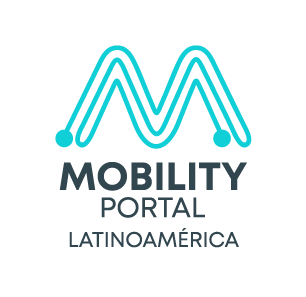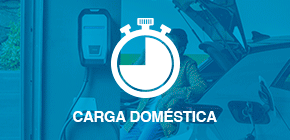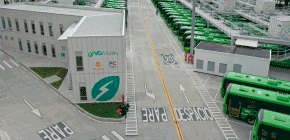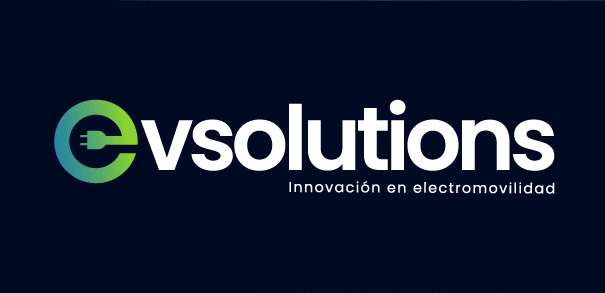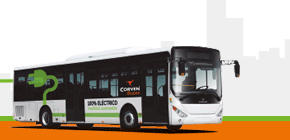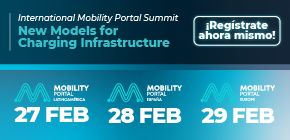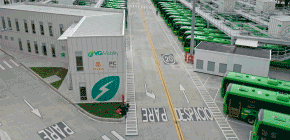The Official State Gazette today publishes the call for applications for the granting of aid worth 2.975 million euros corresponding to the industrial part of the Strategic Project for the Recovery and Economic Transformation of the Electric and Connected Vehicle (PERTE_VEC).
The call for proposals relaxes the condition that 30% of the aid for each initiative linked to the PERTE for the Electric and Connected Vehicle must go to SMEs. According to the new wording, the aid equivalent to the budget contracted and subcontracted by large companies with these SMEs may also be taken into account.
The Minister of Industry, Trade and Tourism, Reyes Maroto, said: «This is long-awaited news after months of work and negotiation with Brussels. This project is a historic opportunity to turn the manufacture of electric and connected vehicles into a driving force that strengthens the automotive industry throughout the country.
He adds: «For the Spanish Government, the automotive sector is a priority and will be a key player in the Recovery Plan, as we have the industrial capacities and the leadership of the companies to invest in the mobility of the future, a mobility that will be more sustainable, digital, connected and safe».
Structure of applications
The call has been published under competitive concurrence criteria and with an impact on a minimum of two autonomous communities.
Likewise, the projects approved must always include one participant from each of the three mandatory blocks: battery manufacturer, car manufacturer and component manufacturer, due to the importance of all the elements of the value chain.
The allocation of funds will be made according to the investment made by each company and that of the almost 2.975 billion line called this year, 1.425 billion will be granted in the form of loans and another 1.550 billion through grants.
The conditions to be fulfilled by the applications are essentially the following:
1. Submission of an application called a tractor project by a group. The grouping must be made up of at least 5 entities (which are not part of the same group) related to the manufacture of electric vehicles. At least 40% of the entities must be SMEs. At least one entity must be a knowledge provider.
2. The tractor project must consist of a set of primary projects. Each primary project can be carried out by one or several entities of the cluster. Each entity must be involved in at least one primary project.
3. Each primary project is classified within the blocks defined in the PERTE VEC. These blocks are of 3 types: compulsory, additional and transversal. An application (or tractor project) must carry out at least one primary project in each of the mandatory blocks, at least one primary project from one of the additional blocks, and at least one primary project from each of the cross-cutting blocks.
4. In turn, the primary projects must be classified into the following typologies: R&D&I projects, innovative sustainability and energy efficiency projects, regional projects, training projects. 5. Large companies will have to collaborate at least 30% with SMEs in primary projects of process and organisational innovation.
Other lines of the PERTE VEC
The 2,975 million euros correspond to the industrial part of the PERTE. It is then complemented with aid from the Moves III Plan, the Moves Programme for Singular Projects, the CDTI’s Sustainable Mobility Technology Programme, artificial intelligence and connected vehicles, reaching a total of 4.3 billion euros. In this way, the development of the project foresees a total investment of more than 24,000 million euros in the period 2021-2023 between public and private investments.
The job creation generated by the PERTE could reach 140,000 jobs and the contribution to GDP would be between 1% and 1.7%. Other expected impacts would be to reach 250,000 registered electric vehicles and between 80,000 and 110,000 recharging points deployed by 2023.




